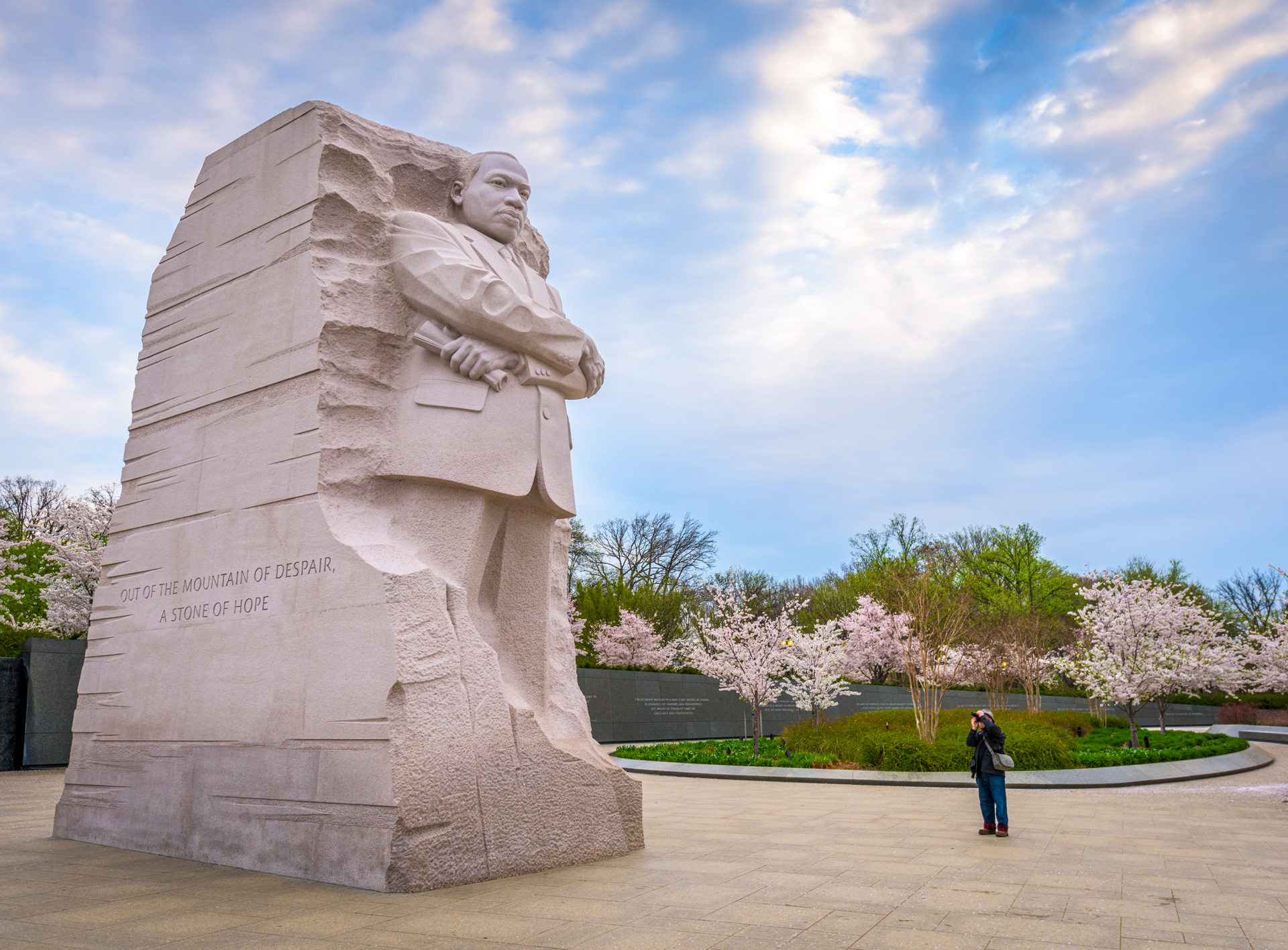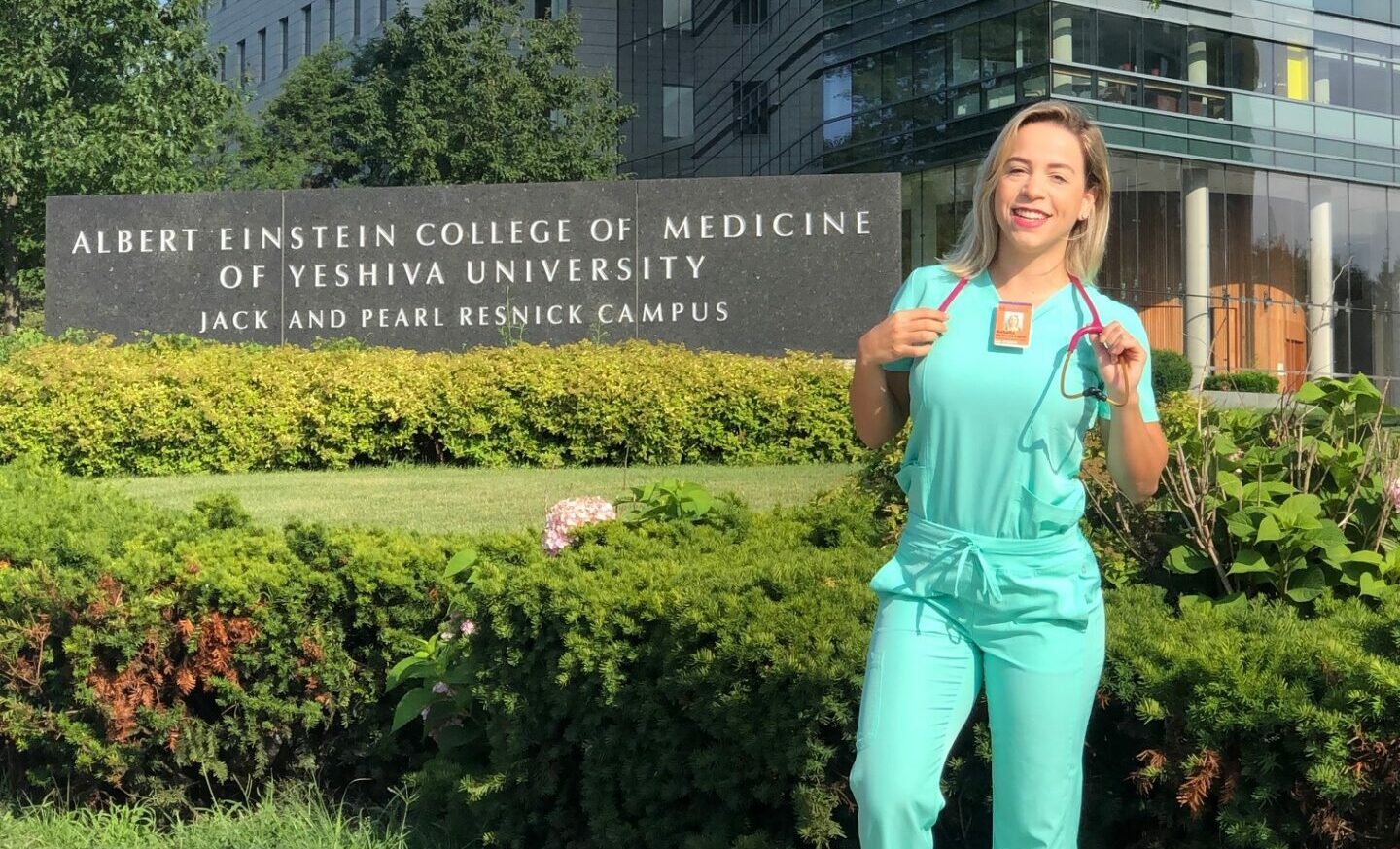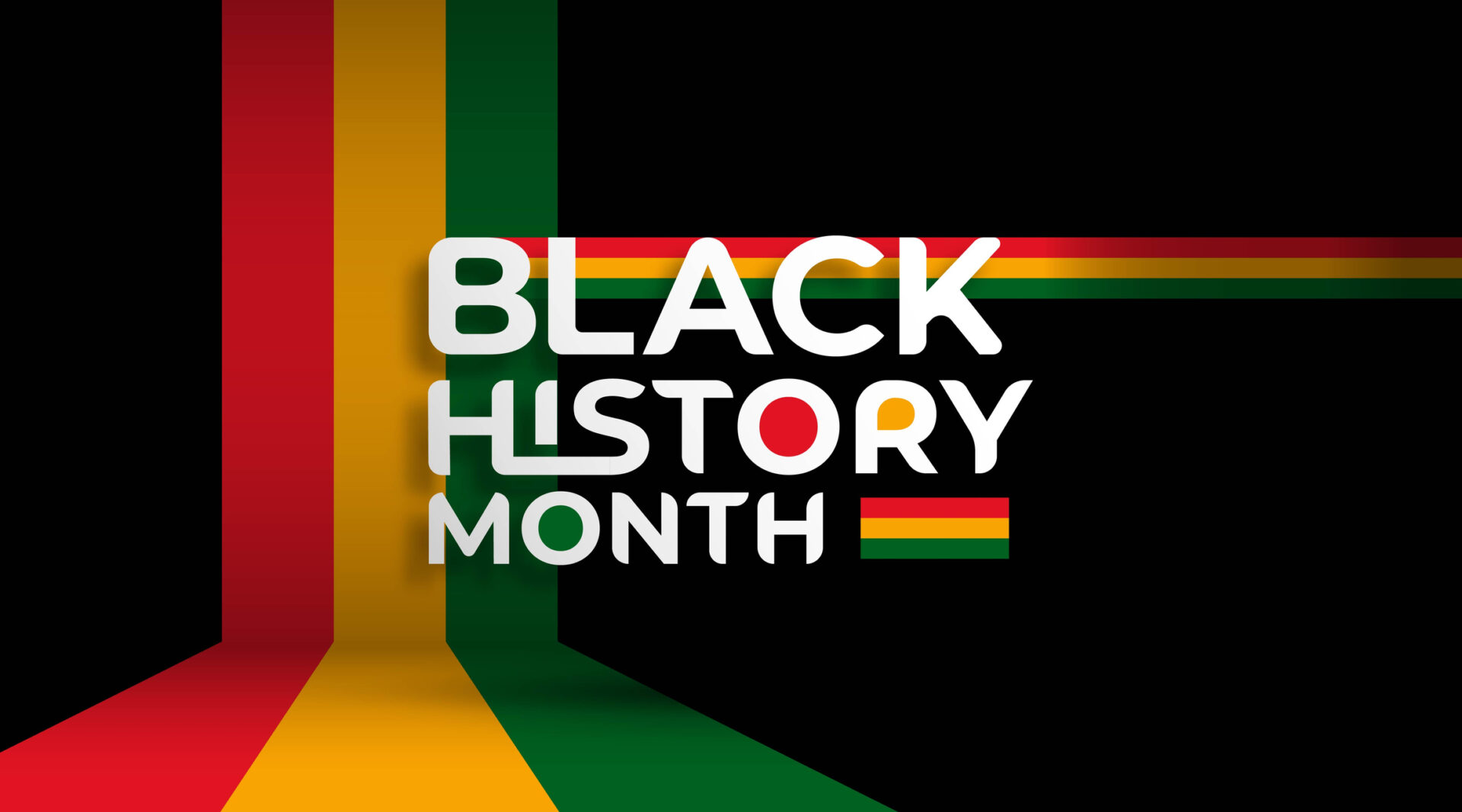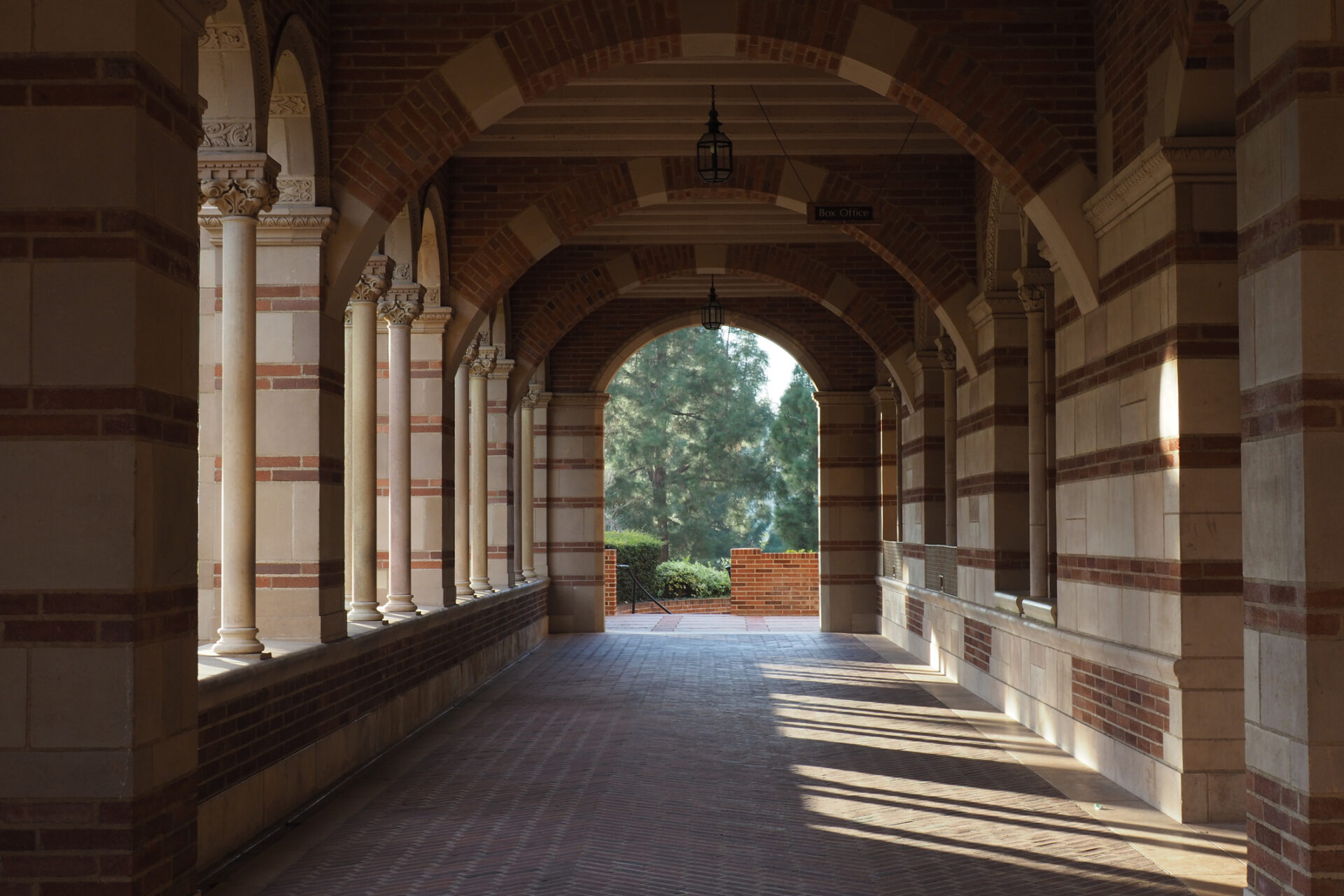In my early school years, Dr. Martin Luther King Jr. was practically ubiquitous in my everyday life. Granted, I spent my elementary school years (1st through 5th grade) attending Martin Luther King Jr. elementary school on the southwest side of Rockford, Illinois, and Dr. King was everywhere. Murals of Dr. King’s face and the faces of other Civil Rights leaders decorated our cafeteria walls. Each day, we started with the pledge of allegiance, followed by the “King School Peacemaker Pledge” – a short credo heavily inspired by Dr. King’s “I Have a Dream” speech.
Once nicknamed “Screw Capital of the World”, Rockford is the embodiment of the U.S. “Rust Belt” – stretching from the Upper Midwest and extending through the Great Lakes region. Founded by mostly white protestant settlers, industrialization – beginning in the 19th century and extending through the mid-20th – brought waves of immigrants and labor to the city in search of work. Quickly, Rockford became more diverse, with Italian, Eastern European, African American, and Latino workers coming to the city, building families, and establishing communities.
Tragically, a more diverse society did not immediately result in a more inclusive, equitable, or even equal society. Rockford’s protestant community sequestered itself on the east side of the city and brought their capital with them. The west and south sides of the city – home to the city’s immigrant, Black, and Latino communities were entirely dependent on the factories that lined the Rock River. When the factories left, the jobs left, and the southwest side – entirely deprived of investment, fell to ruin.
White communities on the east side enacted racial covenants, blocking non-whites from moving into their neighborhoods. Public schools were neighborhood schools and reflected the segregation of the city’s neighborhoods. Quickly, white schools began to receive disproportionate funding and focus from the school district. Litigation began in the 70s and continued for thirty years, with multiple federal courts handing down court orders mandating integration and desegregation.
This litigation is what brought me to Martin Luther King Jr. elementary school. Raised on the east side of town, my parents enrolled me in a public school magnet program that the school district placed in under-funded, primarily Black and Hispanic schools on the southwest side in compliance with that federal court order.
While my neighborhood friends enrolled in neighborhood schools that were overwhelmingly white, or their parents enrolled them in private school, I was sent across town to an unfamiliar area to go to school with kids who didn’t look like me, sound like me, or often – didn’t speak my language.
Over two decades later, I can unequivocally say that it was the best thing my parents ever did for me, and it changed the course of my life.
I was exposed to difference – different cultures, ways of life, language, hobbies, food, music – my world immediately opened. We were the King School “Peacemakers” – our mascot – and we lived by the Peacemaker’s Creed: beginning with “We are the King School Peacemakers, who accept and respect one another” and ending with “We follow Dr. Martin Luther King Jr’s lead as one school nation, dedicated to helping one another grow in peace.” Our everyday classroom world was an Inclusive world, where children, regardless of their race or background, received the same instruction, books, resources, and enjoyed the same opportunities to collaborate with children who were not like themselves.
I admit I am not qualified to know what Dr. Martin Luther King Jr. saw in his mind when he proclaimed: “I Have A Dream” from the steps of the Lincoln Memorial, but I hope he dreamed of a school like King School elementary. Without him, and the many other heroes of our nation’s Civil Rights Movement, a federal court would have no authority to order integration of the Rockford Public School District. I can only imagine what that would be like – but I am glad I do not have to live it.
Dr. Martin Luther King’s vision and mission compels us as citizens of this country and motivates us every day at AMO. In his time, Dr. King and his compatriots fought for inclusion and equality – as non-white Americans did not even enjoy equal treatment under the law. Since his time, we fight now for equity – recognizing that the damage done by the powerful during this country’s long history of racial discrimination, violence, and mistreatment of those without privilege – calls for active remediation.
At AMO, we strive to embody this active remediation in how we interact with the world and how we interact with each other. Our mission is to build a world where a student of any race, religion, country, or background enjoys the same opportunities to reach their career goals as those of their privileged colleagues. We know that medical and nursing students who did not come from privileged backgrounds are critical to caring for our diverse communities – communities that have historically received less investment, government support, and access to healthcare. We believe our work helps bridge that divides – empowering medical and nursing students from these communities to reach the next stage in their career and become the next generation of caregivers.
This Martin Luther King Jr. Day, we remember Dr. King for his profound impact on American life and the cornerstone successes of the Civil Rights Movement – the Civil Rights Act and Brown vs Board of Education, but we honor him by recognizing the Civil Rights Movement is not over. Discrimination and inequity are not a thing of the past, and we are responsible for advancing the cause of Dr. King every day through our words and actions.







Leave A Comment